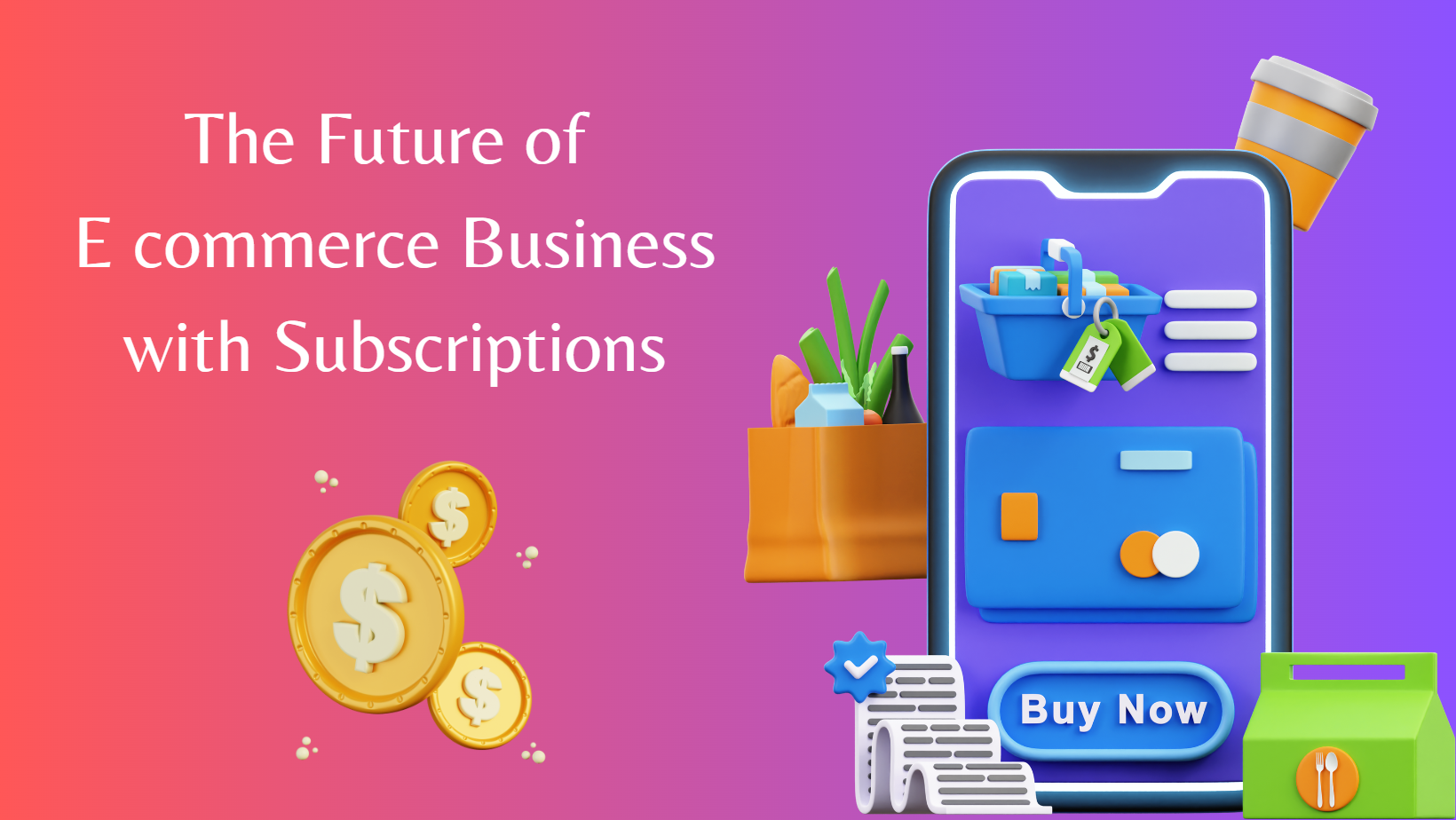Using Digital Resources to Increase Subscription Billings

Earlier this year in our post ‘The Future of Subscriptions Looks Brighter Than Ever’, we wrote how, done right, subscription models have a bright future and have been trending for good reason. Subscription services are increasingly integrated into the life of the modern consumer. Even as the world tries to get outdoors more, subscriptions won’t disappear any time soon. For businesses aiming to implement this type of model, however, a cautionary note: like any type of business, there are no guarantees of success, as this piece on European CEO makes clear. They report that in 2016 alone e-commerce subscriptions had generated €2.3bn in sales. Building and maintaining a successful subscription service requires work and innovation. Part of these two necessities in turn involves learning the hows and whys of harnessing digital resources. Let’s look at ways digital resources can be used to amplify subscription billing.
Study digital business transformation
Before getting into actionable methods, a great preliminary step is to research digital transformation in modern business practices. Making any decision for a business regarding technology, whether in the context of creating and boosting subscriptions or elsewhere, should never be undertaken lightly. Luckily there is extensive literature to help and digital-native businesses can also learn a lot from this literature. Using a wide range of case studies specifically of traditional businesses which have undergone digital transformations, analysts Westerman, Bonnet and McAfee put together their book ‘Leading Digital’ aiming to guide investment in the right areas. In a similar vein is David Rogers’ ‘The Digital Transformation Playbook’. Rogers' book has more to do with updating strategic thinking than simply upgrading technology, with a thorough but comprehensive approach to integrating these technologies around the five strategic areas he delineates – customers, competition, data, innovation, and value. Finally, Tony Saldanha gleans
principles of digital transformation from looking at those that crashed and burned in ‘Why Digital Transformations Fail’.
Methods to consider for expanding subscriptions
After studying what others have been up to, it’s time to weigh your options. One area to think about is the payment and billing system you use. Customers have high expectations today, and platforms that make life as easy and secure as possible for them ensure that you don’t miss out on subscription payments. It’s also important to have granular information through the portal including individual accounts, trends and statistics, with integrated automation as well as manual tools to make changes. Obviously we’d be remiss not to mention the MYFUNDBOX Subscription Billing solution, which is both robust and powerful. Another aspect to consider is an Internet of Things (IoT) integration. There are now more active IoT devices sending communications than traditional devices, and this is only projected to increase according to IoT Analytics. Of course, not all of these are directly relevant to subscription businesses, but there are two aspects to be aware of with the many that do. One is the IoT platforms that might enable your service to operate directly through them to communicate with customers, notably their quality and market share. Doing research on those that fit your business is time well spent, especially as some may entail a greater commitment for an IT team than others. Second is IoT’s powerful function as a source of data. Every IoT device provides one or more data points. It uses analytics tools to get the most out of the data, which enables it to be a powerfully instrumental in making the best decisions for the future of your subscription service. There are an ever-increasing number of sophisticated digital tool sets out there, and while some may have more fancy features or better price than others, the classic advice from IT experts is to make sure anything you implement fits your use case. It’s also a good idea to avoid multiple systems that duplicate functionality, in order to streamline the organization.


.jpg)